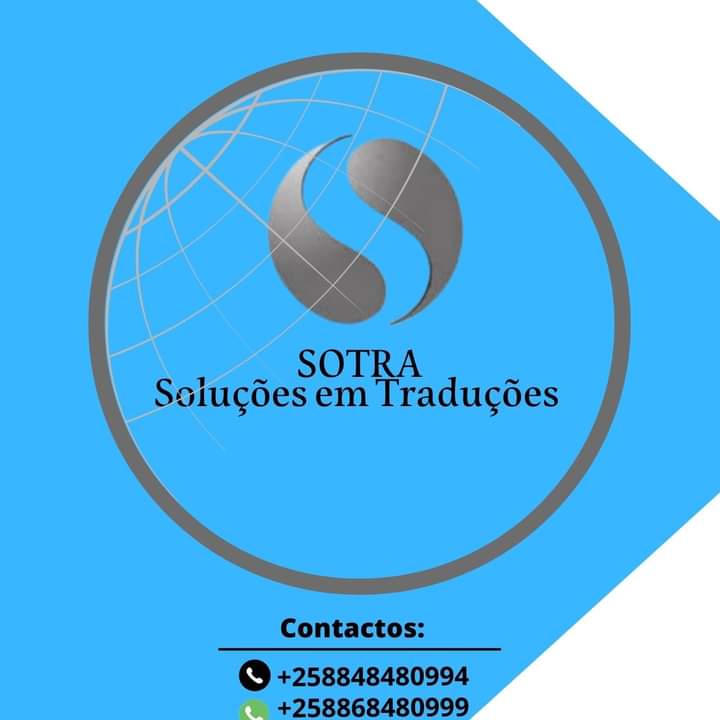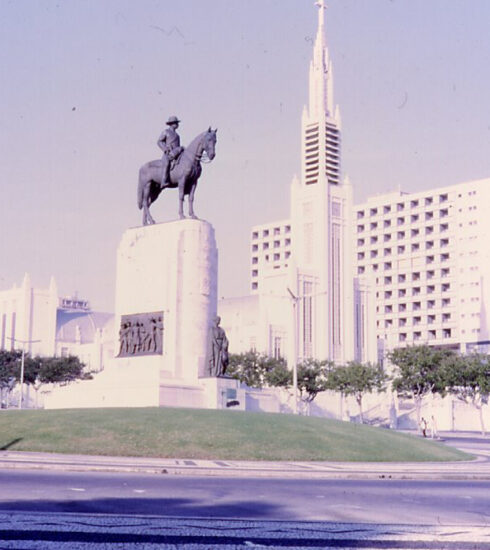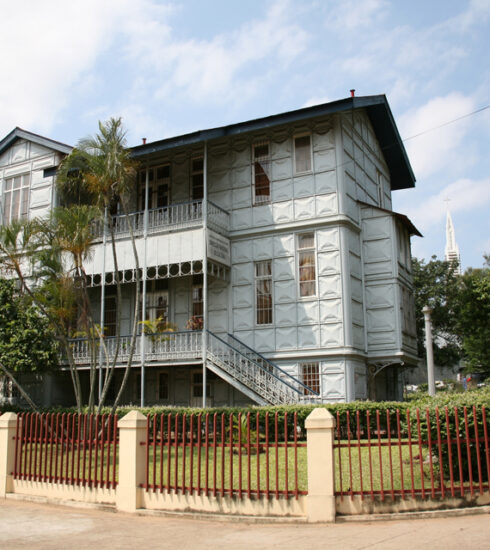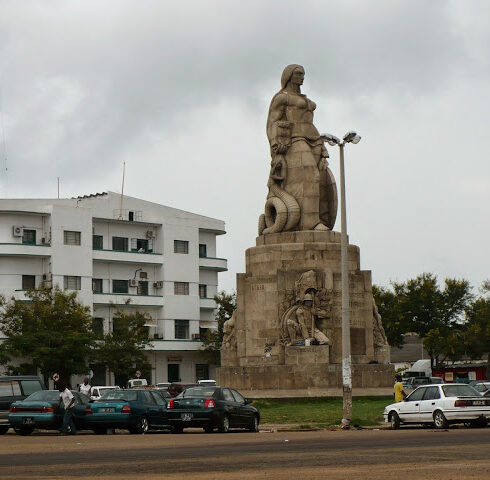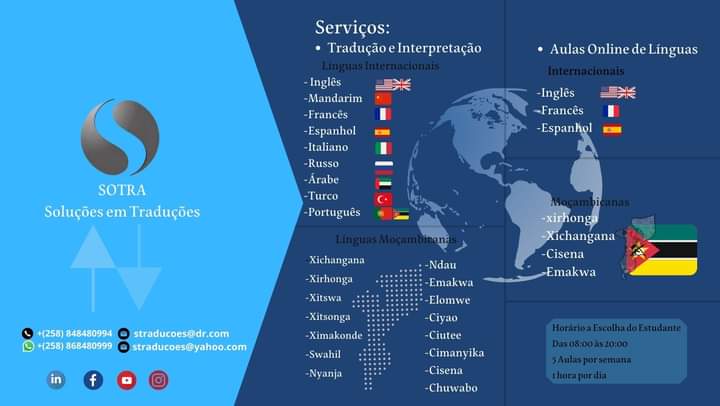
The Monument!
The monument located in the centre of the old Mac Mahon square, currently Workers Square, in Maputo downtown, the Mozambican capital, has two stories, one of which is told by the inhabitants and the other by books that talks about the colonial era.
The second editions of the books LOURENÇO MARQUES MEMORIES; and LOURENÇO MARQUES, published in Lisbon (Portugal), in 2004 and 1966, respectively (available at the Historical Archive of Mozambique, in Maputo), explain that the monument was installed in that square with the purpose of honouring the dead of the First World War.

Translated by SOTRA
According to the books, the monument was carved from Cabris stone and measures 14.30 metres high. The figure of the homeland was erected on the base, supporting on the right the corners (which symbolise, on the Portuguese flag, the five Moorish kings that D. Afonso Henriques defeated in the battle of Ourique) and on the left a shield and a sword. On the lower right side of the raised figure is a serpent that symbolises the scientific value of the great Portuguese navigations.
The books also document that the monument is the work of sculptor Rui Roque Gameiro and architect Veloso Reis Carameto. The work was inaugurated on November 11, 1935, in a ceremony led by engineer Silva Carvalho; embedded in the pedestal of the monument that the symbolic structure is in honour of the combatants of the first world war.
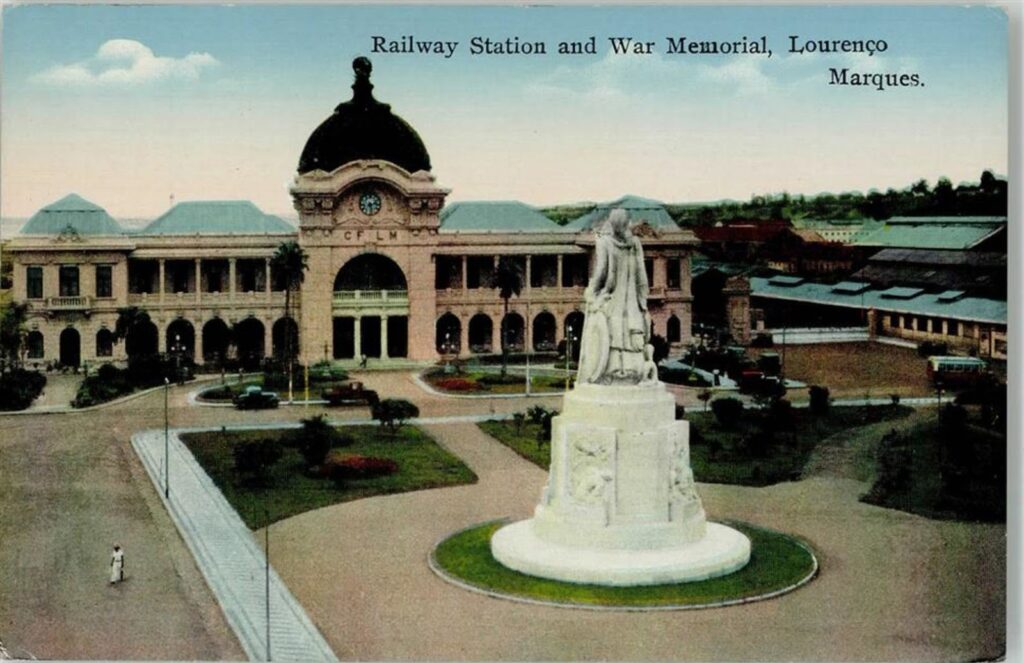
However, residents and visitors to the capital city tell a different story from the one found in the books consulted.
For the numerous residents interviewed, the monument is there because “a long time ago, the current Workers Square was a forest and there was a snake that bit the heads of people who passed by, but this lady who is at the monument became the winner because she boiled flour, put it in the clay pot and placed it on her head. When the snake wanted to bite her, it entered the pot and burned it. As the porridge was very hot, the snake could not resist and died. So this lady is a hero.”
Asked about the existence of decorative reliefs evoking Mecula, Quivambo, Nevala and Quionga, one of our interviewees, José Machaeie, 58 years old, a worker at the square since 1978, said that the reliefs, which have drawings of people with various objects in their hands , like the weapon for example, are present on the pedestal in memory of those who died victims of the snake, and the various objects in their hands symbolise how hard they fought to kill the snake that only the lady on the base managed to do.



